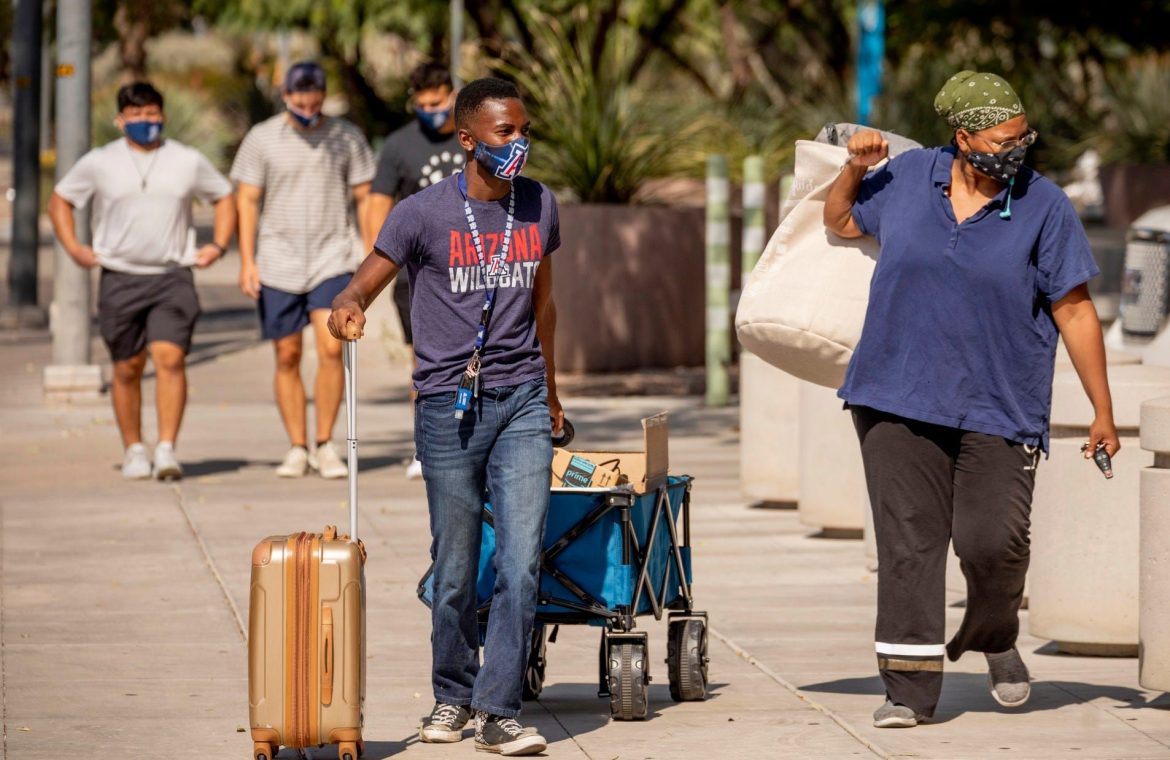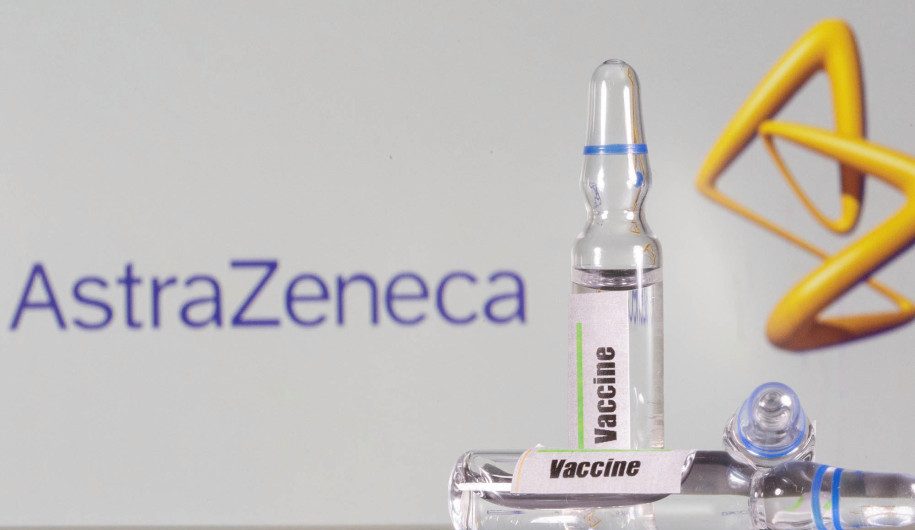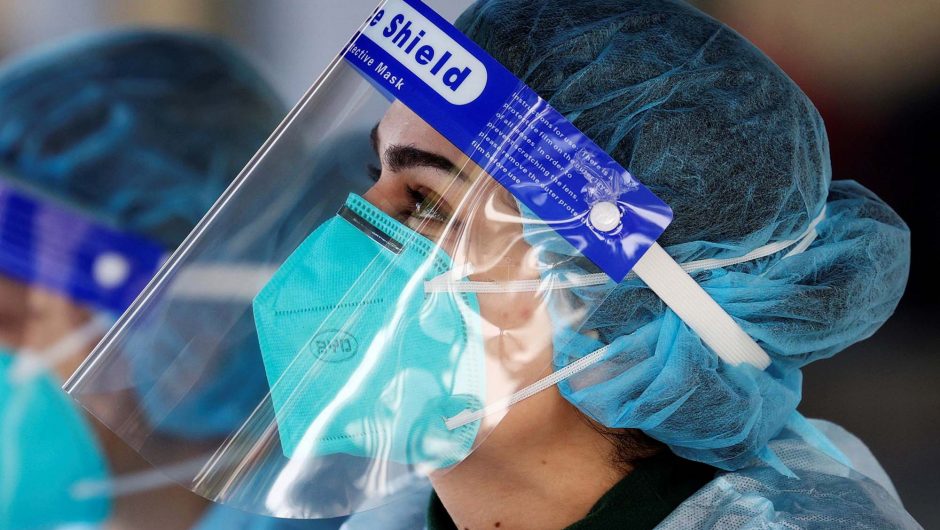University of Arizona students attend class.
Courtesy of University of Arizona
Researchers at the University of Arizona say they may have prevented a coronavirus outbreak on campus by using wastewater analysis to track down students with COVID-19.
Wastewater-based epidemiology relies on measuring viral particles in sewage to assess the health of a community.
The scientists hope other campuses and communities might be able to use the technique to contain outbreaks.
Visit Business Insider’s homepage for more stories.
Dr. Ian Pepper has spent years studying other people’s poop.
His lab, the University of Arizona’s Water & Energy Sustainable Technology Center, uses chemical tests to analyze pollutants, viruses, and other particles in sewage.
Recently, Pepper and his colleagues have been trying to trace and prevent coronavirus outbreaks using this method of wastewater-based epidemiology. They’ve been tracking coronavirus particles in Arizonans’ sewage since March.
This week, their poop testing seems to have helped to contain a coronavirus outbreak in their own backyard: at the University of Arizona.
The university began in-person classes on Monday. Before students arrived, Pepper and his team set up a system to test the wastewater coming from about 20 buildings on campus, including dorms.
A University of Arizona student moves into a dorm.
Courtesy of University of Arizona
By Tuesday, Pepper’s wastewater-testing system had delivered troubling news: It detected elevated levels of coronavirus in campus sewage, stemming from one dorm in particular.
The following day, the team tested the 311 individuals living in that dorm. Two tested positive; both were asymptomatic. Those two students were quarantined, and now the campus is conducting contact tracing to find any additional cases.
“With this early detection, we jumped on it right away, tested those youngsters, and got them the appropriate isolation where they needed to be,” Richard Carmona, a director of the university’s reentry task force and the former US Surgeon General, said in a Thursday press conference.
Pepper said the sewage tests can detect elevated levels of coronavirus up to seven days before individuals start showing symptoms. Those are “precious days in which you can undergo intervention,” he said in a follow-up press conference on Friday.
Story continues
Campus officials said that without the wastewater-testing system, the two asymptomatic students could easily have spread coronavirus through the university, infecting countless others.
A classroom at the University of Arizona.
Courtesy of University of Arizona
A potential game-changer?
Unlike other coronavirus tests, Pepper’s poop-analysis system monitors COVID-19 across an entire region. Researchers (wearing gloves, of course) collect samples of wastewater from treatment plants around the area and send them to the Pepper’s center for analysis. They then run a test developed by the CDC that detects the presence of coronavirus molecules, similar to the tests involving nasal swabs.
The test is relatively cheap and low-tech: The cost of all the reagents involved in running one test is about $150, Pepper said, though that doesn’t count other costs, like labor and sample gathering. Researchers must also test sites multiple times to ensure results are reliable — for instance, they tested the University of Arizona dorm site five times.
This type of mass testing can offer a way to identifying coronavirus outbreaks at the community level. But it’s most promising for use among a large group of people living under a defined set of rules in one location, like a university.
More challenges might arise in, say, a large city neighborhood, where it would be hard to track down and get in touch with every resident, and not all would agree to an individual diagnostic test.
Still, Pepper said, he and his colleagues are “incredibly excited” about their results and believe other communities could adopt their approach effectively.
“Poop doesn’t lie. Poop is your friend, and poop can tell you the truth about yourself and about the community,” Pepper explained to Arizona Science, a local radio show, earlier this month.
Read the original article on Business Insider








